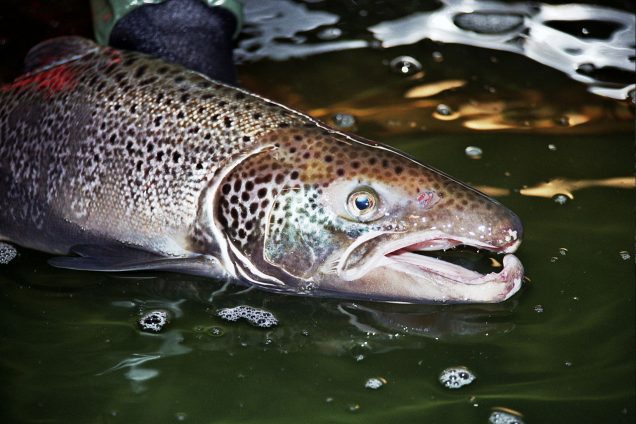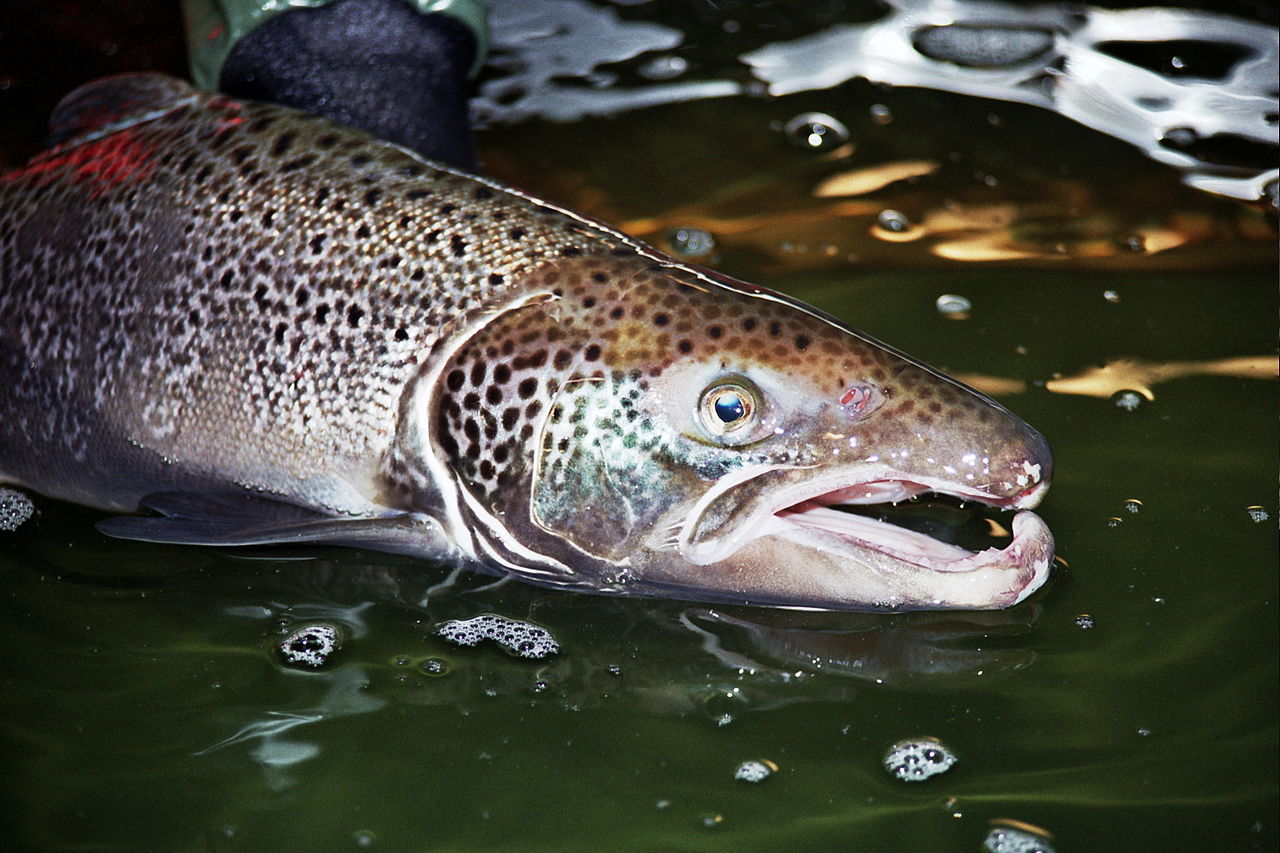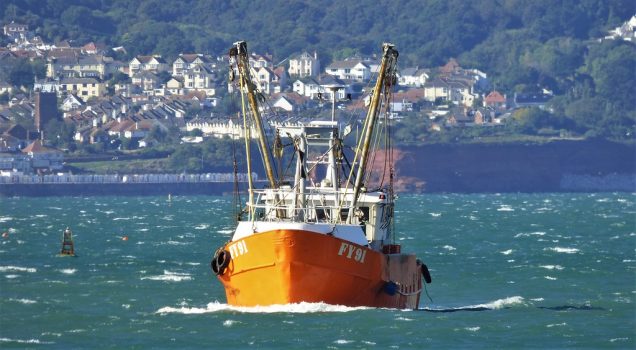Question
In the background information section of its account of the 34th annual meeting of the North Atlantic Salmon Conservation Organisation (NASCO), the Commission reports that NASCO’s role is ‘to make sure that mixed-stock fisheries at sea do not target the stocks with the lowest rate of return’[1].
How can fishers at sea, outside of a few metres either side of the estuary of the relevant river, distinguish between stocks of salmon according to their rate of return?
[1] https://ec.europa.eu/fisheries/nasco-continues-efforts-understand-and-tackle-poor-conservation-status-atlantic-salmon-stocks_en
Answer
The mandate of the North Atlantic Salmon Conservation Organisation (NASCO) is restricted to the management of salmon stocks which migrate beyond areas of fisheries jurisdiction of coastal States of the Atlantic Ocean north of 36ºN latitude. Within this restricted mandate, one of the most important regulatory activities of NASCO consists of adopting and implementing resolutions ensuring that the non discriminatory exploitation of salmon stocks at sea does not result in the exploitation of stocks with low return rates.
NASCO’s regulatory approach is geared towards the closure of the marine fisheries, in particular in West Greenland, but also the Faroese fishery. In addition, NASCO’s guidelines seek specific management, including the gradual phasing out, of other marine fisheries when it remains unclear if these activities are likely to result in the exploitation of mixed stocks, potentially from endangered populations.
As rightly pointed out by the Honourable Member, it is not realistic to expect fishermen to distinguish the origin of the fish and whether or not they come from a sustainable or an endangered population. Instead, it is the role of the competent National authorities to establish which fisheries are likely to lead to mixed stocks exploitation and, on that basis, how they should be managed to be consistent with NASCO’s principles.






